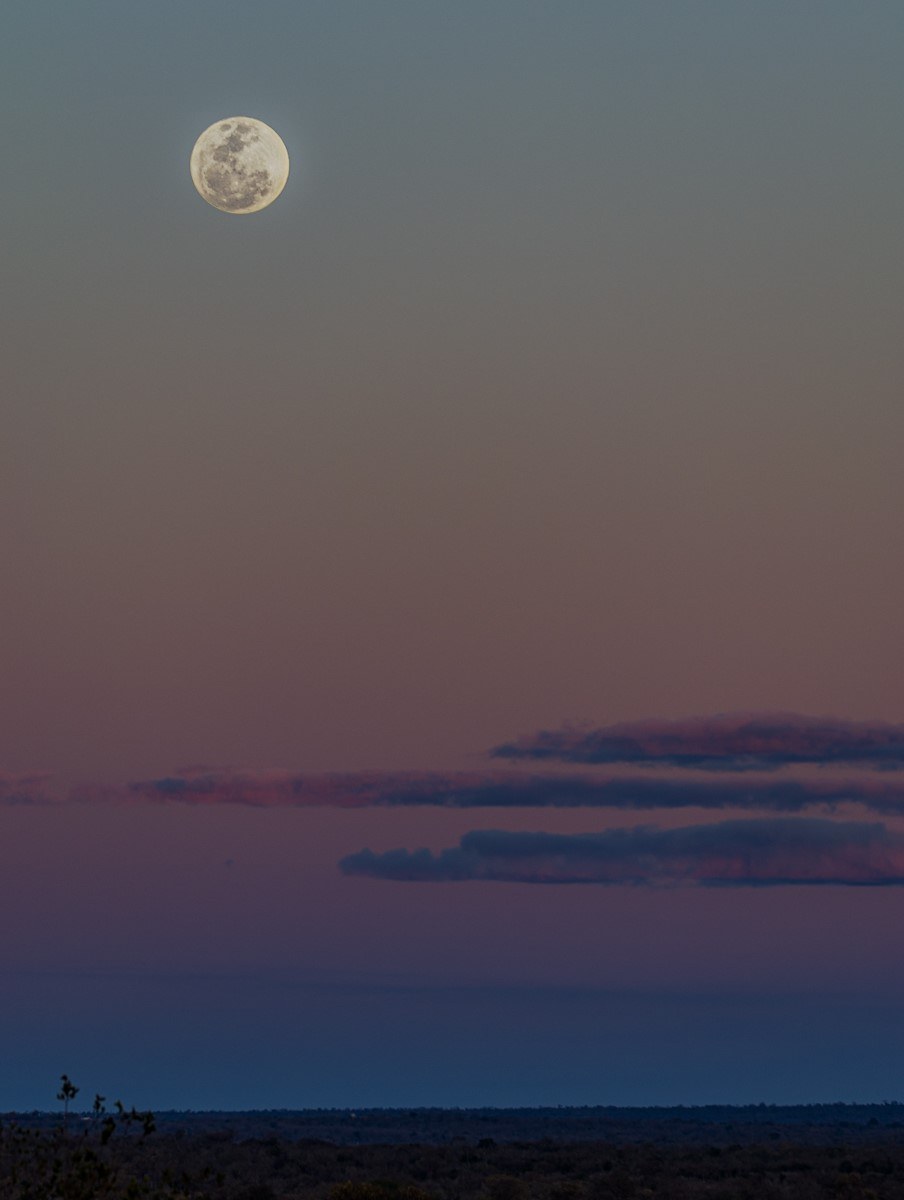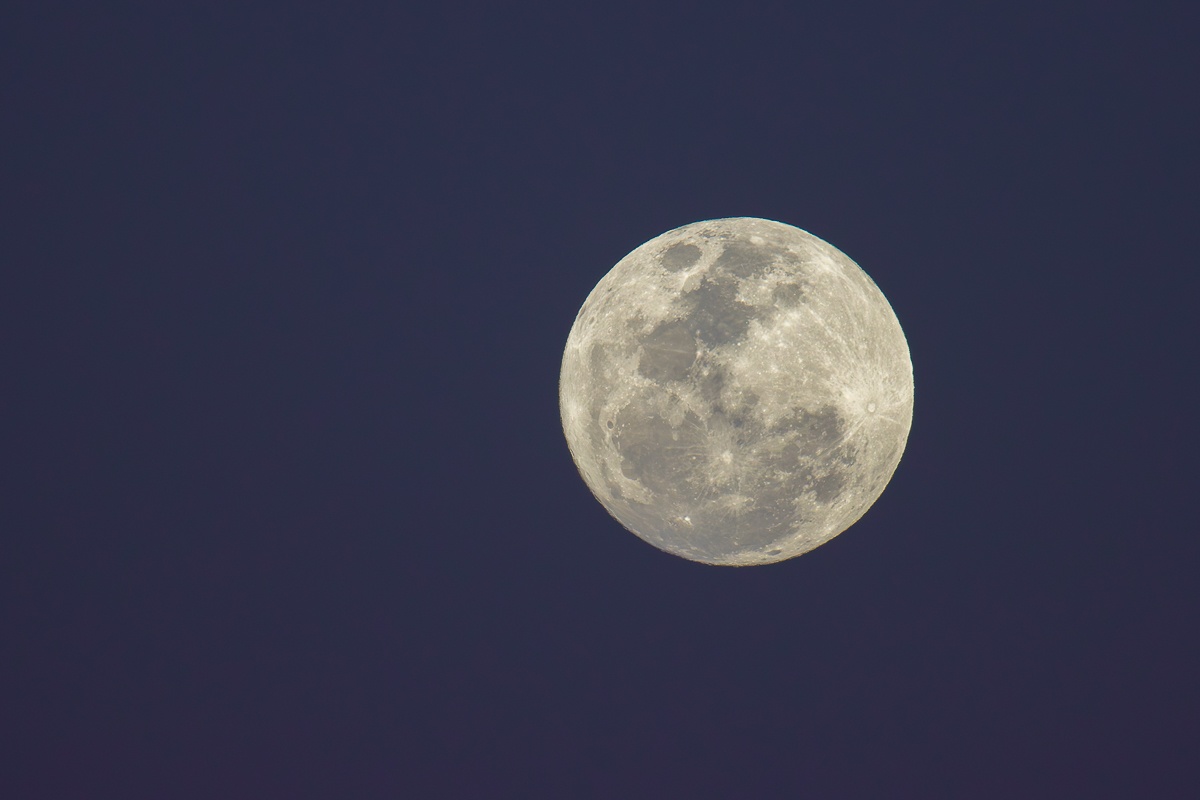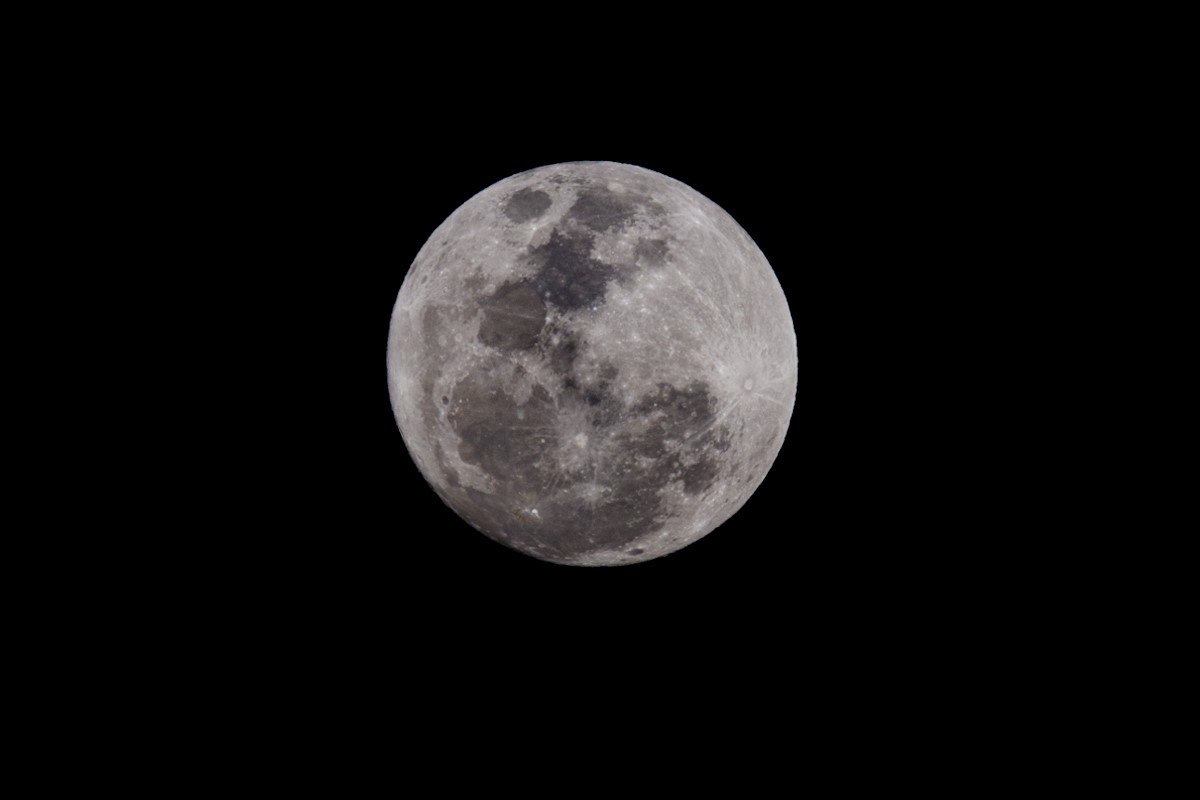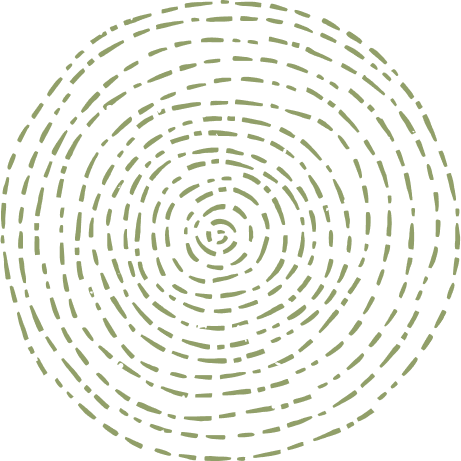Super Blue Moon
on Sep 12, 2023One of the more special moments one encounters on safari often has very little to do with the animals which we search for, but rather the night sky. After the sun has set, and the sundowner drinks have refreshed all guests on our safari vehicle, the night sky takes centre stage. Cloudless nights give way to the pitch-black expanse of space, only illuminated by the billions of stars and galaxies that are scattered all around, forming constellations with each one telling stories that have for centuries entertained and fascinated humanity. One of the most notable and immediately obvious objects in the sky is that of the moon, which experiences seemingly many changes in shape over the course of 30 days, and on the 30th of August 2023, a trifecta of lunar phenomena occurred known as a Super Blue Moon.

A Super Blue Moon can be broken down into 3 lunar occurrences happening simultaneously – a Super Moon, a Full Moon and a Blue Moon. The Moon rotates around the Earth in a 29.5-day cycle; the Earth and Moon both orbit the sun on a 365-day cycle. The different phases of the Moon are due it’s position around the Earth at a given time. For example, a Full Moon is when light from the sun illuminates the entire face of the Moon that is visible from Earth. A Quarter Moon is when only a quarter of the whole Moon is visible to us, as only half of the side facing Earth in illuminated. Full Moons occur once in the 29.5-day cycle and is the only time the Moon is visible for the entire night.
These 29.5-day cycles are termed ‘lunar months’ which are unlike our normal calendar months, whose number of days can range from 28-31. It is then possible that there may be one calendar month, like the 31 days in August where 2 Full Moons could appear. This is known as a Blue Moon and only occurs once every 2 or 3 years, and due to it being so rare is why the saying, “once in a Blue Moon” exists. Unfortunately, a Blue Moon does not experience any change in its hue or colour, any changes in colour are purely due to atmospheric conditions.
The final lunar phenomena occurring is that of a Super Moon. This is where the Moon is at its closest to Earth in its orbit. The Moon circles Earth in an oval shape, but Earth sits slightly to one side and is not at the centre of this elliptical shape. The point where the Moon is furthest from Earth is known as ‘Apogee’ at 405,500kms and is known as a Micro-Moon. The point where the Moon is at its closest to Earth is known as ‘Perigee’ at 363,300kms and is known as a Super Moon. A Super Moon appears 14% larger and 30% brighter than a Micro-Moon, with only 3-4 Super Moons occurring in a year.

This is why the Super Blue Moon is so special, for all 3 phenomena to occur at the same time, is exceedingly rare and something that won’t be seen again until the year 2037. Beautiful clear skies and a gorgeous sunset allowed us the privilege of viewing this extremely special and unique lunar event, one that I’ll remember for as long as I live… or at least until 2037.

Blog by Devon Jansen (Selati Camp Ranger)







